Entry Category: Civil Rights and Social Change - Starting with D
aka: Bates v. City of Little Rock
 Dana's House
Dana's House
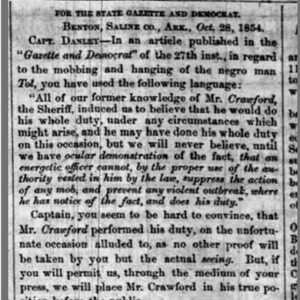 Danley Comment Story
Danley Comment Story
 Danville Lynching Article
Danville Lynching Article
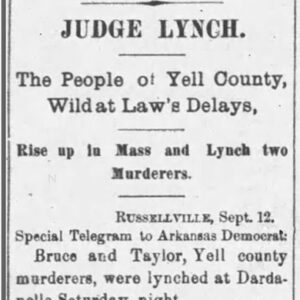 Dardanelle Lynching Article
Dardanelle Lynching Article
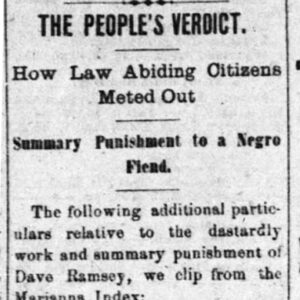 Dave Ramsey Lynching Article
Dave Ramsey Lynching Article
 Ronald Davies
Ronald Davies
 Ronald Davies
Ronald Davies
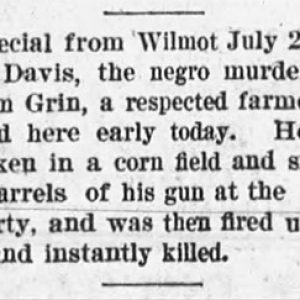 Chick Davis Lynching Article
Chick Davis Lynching Article
Davis, Alford (Lynching of)
 Alford Davis Lynching Article
Alford Davis Lynching Article
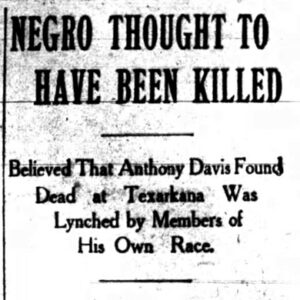 Davis Lynching Article
Davis Lynching Article
Davis, Anthony (Lynching of)
Davis, Chick (Lynching of)
Davis, Howard (Lynching of)
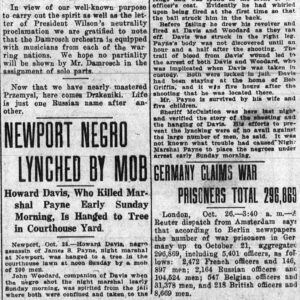 Howard Davis Lynching Article
Howard Davis Lynching Article
Davis, L. Clifford
Davis, Lovett (Lynching of)
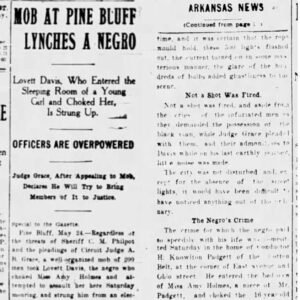 Lovett Davis Lynching Article
Lovett Davis Lynching Article
Dawson, Ethel Beatrice Ross
 Deaf Mute Institute
Deaf Mute Institute
 Deaf School Students
Deaf School Students
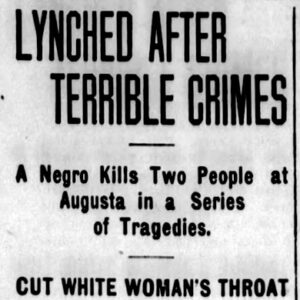 Arthur Dean Lynching Article
Arthur Dean Lynching Article
Dean, Arthur (Lynching of)
Decatur Strike of 1951
 Def Leppard with Students from Arkansas School for the Deaf
Def Leppard with Students from Arkansas School for the Deaf
Delta Civil Rights Legacy Trail
Des Arc Schools, Desegregation of
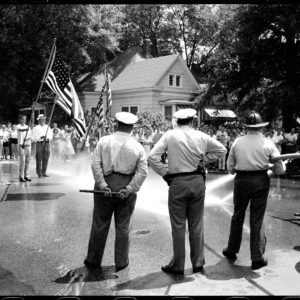 Desegregation Protest
Desegregation Protest
 Desegregation Protest at Capitol
Desegregation Protest at Capitol
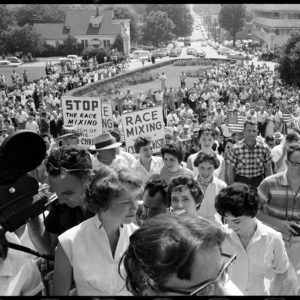 Desegregation Protest at Capitol
Desegregation Protest at Capitol
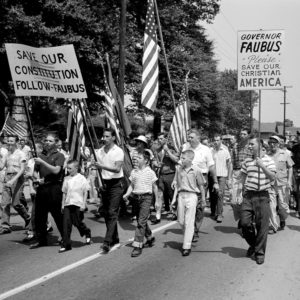 Desegregation Protest March
Desegregation Protest March
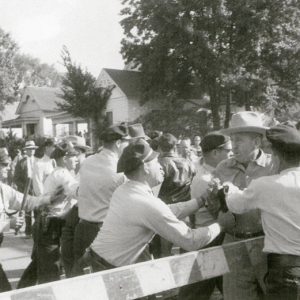 Desegregation Protesters
Desegregation Protesters
 Devil's Knot
Devil's Knot
Devoe and Huntley (Lynching of)
aka: Huntley and Devoe (Lynching of)
DeWitt Lynching of 1891
Dillard (Lynching of)
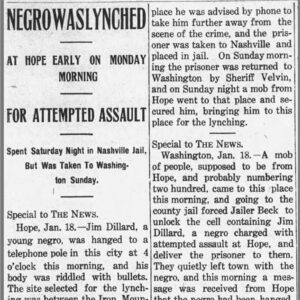 "Jim" Dillard Lynching Article
"Jim" Dillard Lynching Article
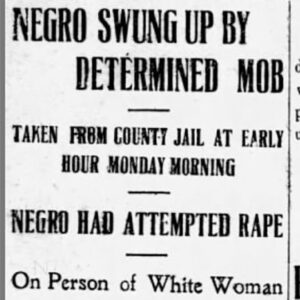 "Tom" Dillard Lynching Article
"Tom" Dillard Lynching Article
Disability Issues
Dodd, Frank (Lynching of)
 Dodd Lynching Article
Dodd Lynching Article
Donnelly, Robert (Lynching of)
Dove v. Parham
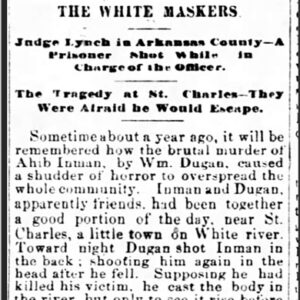 William Dugan Lynching Article
William Dugan Lynching Article
Dumas (Lynching of)
 Dumas Lynching Article
Dumas Lynching Article
Dumas Race Riot of 1920
 Dumas Race Riot of 1920 Article
Dumas Race Riot of 1920 Article
 Dumas Race Riot of 1920 Article
Dumas Race Riot of 1920 Article




